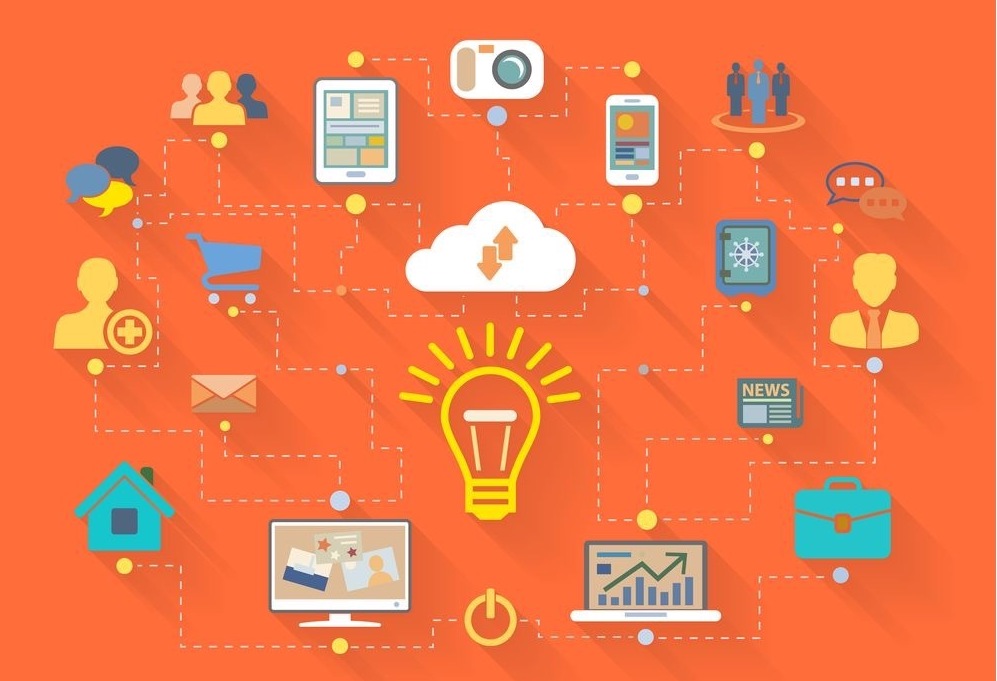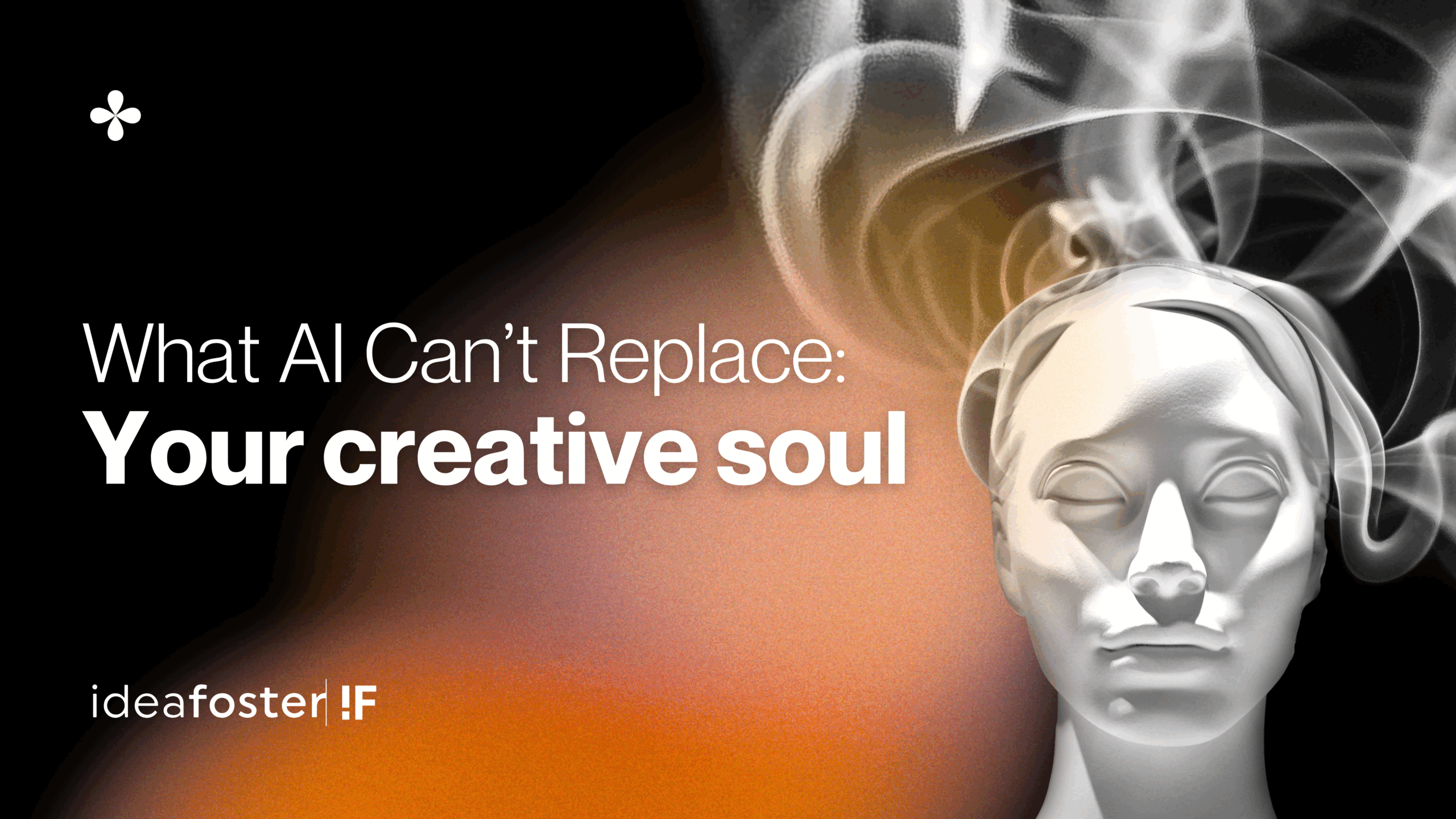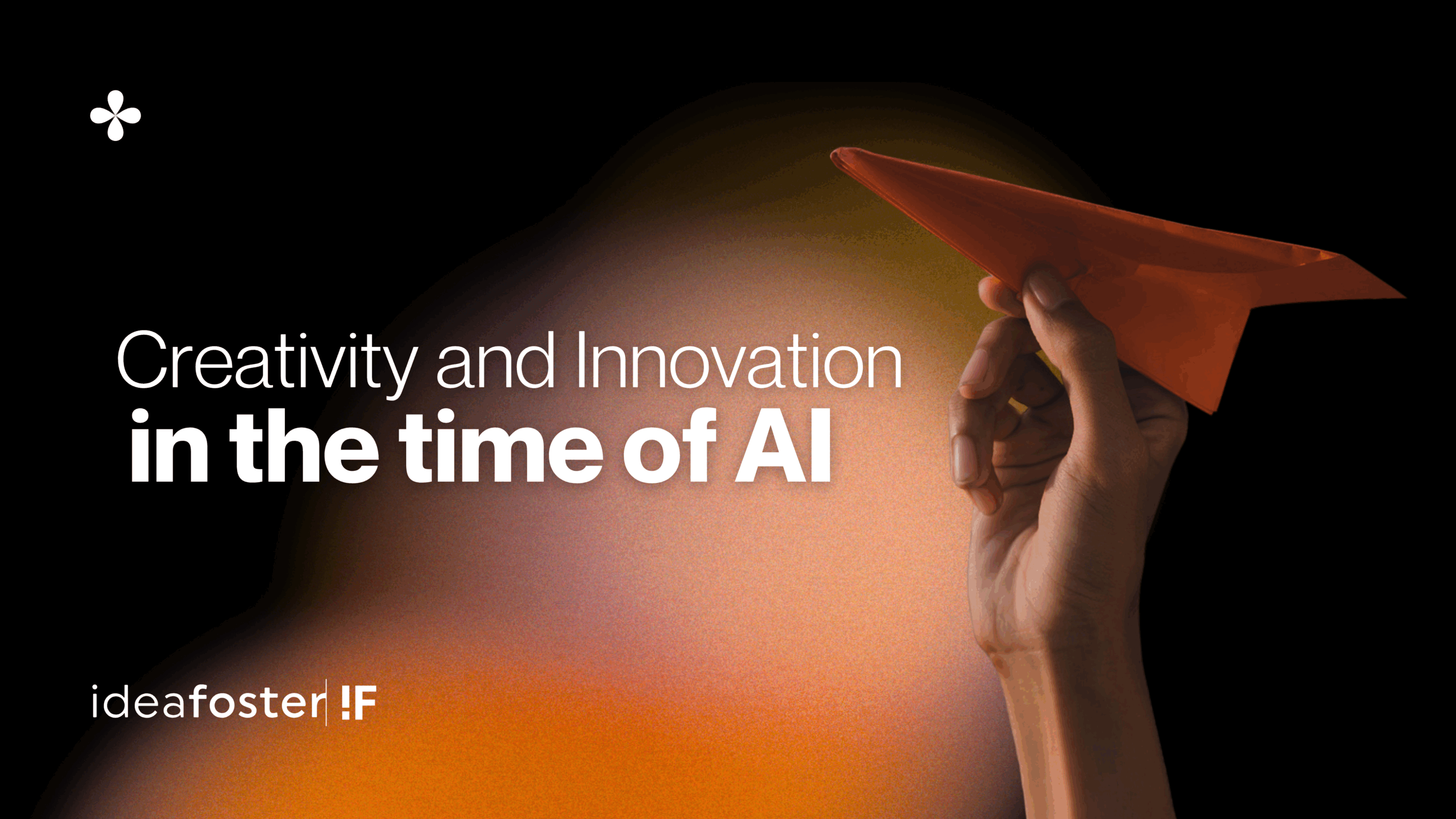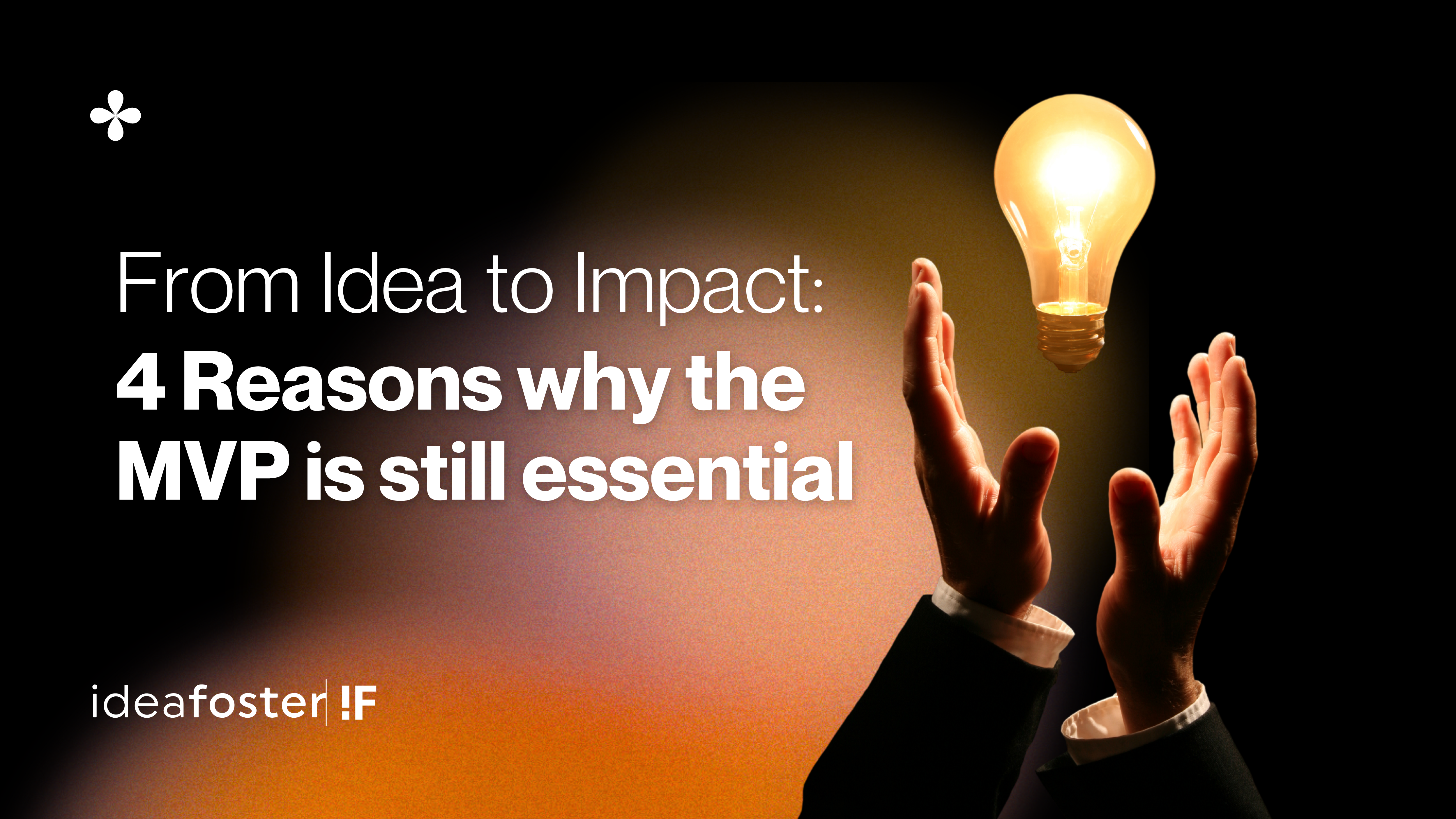May 2, 2023 • 2 min read
The product development process in 7 stages

The 7-stage product development process is one of the most widely used models in the industry to create high-quality products that are successful in the market. This process not only ensures that the final product meets customers’ needs and expectations, but also allows for efficient production and marketing. Below, we will explain in detail each of the 5 stages of the process.
What is the product development process?
The product development process is a systematic approach that companies employ to conceive, design, and bring new products to market. It arises from the need to efficiently manage the complexity inherent in the life cycle of a product, from its conception to its introduction into the market and its acceptance by the target audience.
This model aims to minimize the risks involved in the development of a product and optimize the use of resources during all the phases it covers. These refer not only to the economic ones, but also to the time.
However, despite the risk it may pose to a brand, the market is constantly changing. So are the needs and expectations of consumers, who from time to time are looking for novelties that can satisfy their multiple and variable desires.
On the other hand, high competition, which has increased exponentially as geographical barriers disappear, as well as the evolution of new technologies, forces companies to be more agile and proactive. In this way, they can not only respond more quickly to such changes, but they can stay ahead of them.
To do this, it is necessary to generate ideas to identify what are the unmet needs or what niches are available in the market to penetrate. This is just one stage of the product development process, which we’ll talk about in detail below.
The stages of the product development process
Stage 1: Identifying the Need
The first stage of the product development process is the identification of the need. In this stage, the aim is to understand the needs of the market and customers, with the aim of identifying business opportunities. To do this, it is necessary to make an assessment of the competition and establish what are the general objectives that are pursued and the goals with respect to the product.
It is important at this stage to establish a multidisciplinary team that includes experts in design, engineering, production, marketing, and sales. In this way, there is a guarantee that all possible visions will be contemplated. This team must be in constant communication to ensure that the product is developed effectively and meets the needs of the market. This is how Mercedes Benz begins.
The reason why the process begins by identifying a need is that it is simply not possible to sell a product if there are no customers who need it or who can be interested in it. The only alternative is to invest to create that need. However, it would involve a much greater investment of economic and human effort.
Stage 2: Research and data analysis
This stage applies, above all, to those products that are characterized by being innovative. Once you have an idea about something that might work, you don’t automatically move on to making it. First, it is necessary to investigate and obtain real and reliable data that ensures its viability.
On many occasions, there is a tendency to think that innovation is directly and unanimously equivalent to success among consumers. However, their interest depends on different variables and the attractiveness of a proposal is not enough to guarantee its success. In business, it works just the other way around. You first identify what is of interest to a target audience and then develop something innovative to meet that need or preference.
Market research also makes it possible to analyse what other similar proposals there are, what the competition is and its power, what elements are already available or the costs of obtaining the necessary raw materials. These don’t necessarily have to be something tangible, but also include, for example, software development.
Stage 3: Conceptual Design
The third stage of the product development process is conceptual design. At this point, an initial idea of the product is built and its function is defined, according to previous research. Its main characteristics, design and materials to be used will also be determined. Technical and economic constraints are also taken into account. The concept must respond to the identified needs and, although this is one of the most creative phases, it is vital not to separate from what was found in the previous stage.
In fact, several tests and evaluations must be carried out at this stage to ensure that the product design is effective and meets market and customer expectations. The development team must be in constant communication and feedback to achieve an effective and high-quality design.
Stage 4: Detailed Design
The fourth stage of the product development process is detailed design. In this phase, the exact dimensions, geometry, materials, and manufacturing processes are specified. Technical specifications and quality requirements are defined.
Here, too, various tests and evaluations are carried out to ensure that the product design is effective and meets quality requirements. Production costs and manufacturing efficiency must be taken into account to make the final product profitable. In other words, it is no longer a question of ideas in the air or evaluations, but of the final details to move on to manufacturing.
Stage 5: Development & Manufacturing
The fifth stage of the product development process is development and manufacturing. At this stage, the prototype of the product is produced and tests are carried out to correct possible deficiencies and optimize the design. In other words, this is all about trial and error. On the practical side, you can check for sure if something in the pre-planning isn’t really feasible for some reason.
There can be multiple causes. Some parts don’t fit well or don’t add anything, the final look isn’t as attractive, or an interface has basic navigation problems. It’s important to review everything from the end-user’s point of view.
After that, the necessary quality controls are implemented. Of course, the time between development and manufacturing cannot be fixed in advance. It is recommended that the development team work closely with the production team to ensure that the product is manufactured effectively and efficiently. Production costs and manufacturing efficiency must also be taken into account to make the final product profitable.
Stage 6: Product Launch
The sixth stage of the product development process is product launch, which goes hand in hand with large-scale production. The manufacturing process is set, which will be adapted to the results you have in the market, and the supply chain is managed.
Along with the mechanical part, the marketing strategy is included. These range from promotion and visibility campaigns to the establishment of distribution channels. At this stage, it is critical to have an effective marketing and sales team that promotes and positions the product in the market. Advertising strategies should be established to increase product visibility and generate interest in potential customers. If the target audience is not aware of the existence of the target audience, the expected demand will not be generated.
Stage 7: Follow-up of results
The seventh stage of the product development process is to track results over time. After launch, sales can gradually grow, stagnate, or decline. In any of the three cases, you must know what works and what doesn’t, and when necessary, introduce changes or improvements that allow the results to get closer to the previously established objectives. It is crucial to constantly monitor it to ensure its success in the market.
In addition, data on sales, customer feedback and feedback, market trends, and competitors should be collected and analyzed. This will make it possible to identify opportunities for improvement and update the product according to the needs of the market. So much for the seven-stage development process.
Other Alternative Product Development Processes
In addition to the stages we have mentioned, there are other alternative processes. For example, Amazon’s Working Backwards Methodology. It’s a customer-centric approach to development and planning. Unlike traditional methods that start with the definition of requirements and specifications, as we have indicated, this methodology starts at the end.
Instead of starting with the question “How do we build this?” what Amazon is asking is “How do we communicate this to customers?” The first phase involves writing a fictitious press release that describes the product and its impact on customers. A set of frequently asked questions is then put together, anticipating concerns and potential queries that might arise.
This process forces teams to clearly visualize and understand the product from the customer’s perspective, before diving into the technical implementation. This phase is also carried out during the traditional stages, but it is already based on a real idea of the manufacture of the product.
This approach fosters customer-centric innovation by ensuring that every step of product development is aligned with their expectations. The Working Backwards methodology has been critical to Amazon’s success, prioritizing the user experience from the early stages of development.
In summary, the seven-stage product development process is an effective methodology for creating products with some guarantee of success in the market. From need identification to launch and follow-up, each stage is critical to achieving a high-quality product that meets customer needs and expectations. It is vital to have a multidisciplinary team in constant communication to achieve an effective and high-quality design. And you also have to take into account production costs and manufacturing efficiency to make the final product profitable. Constantly monitoring the product in the market and analyzing its performance will allow you to identify opportunities for improvement and update the product according to the needs of the market. Through this process, successful, high-quality products can be created that satisfycustomers and generate profits for the company.
Book a consultation
Let's start some incredible projects.
Let's innovate together!









